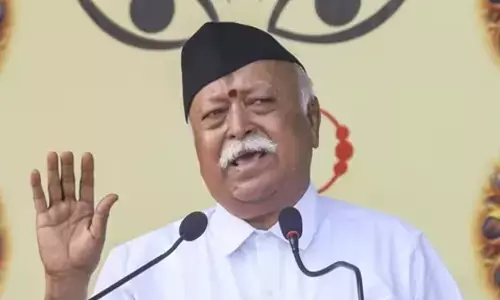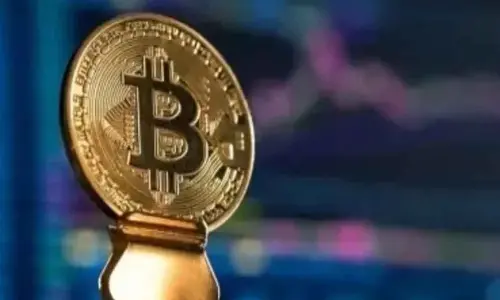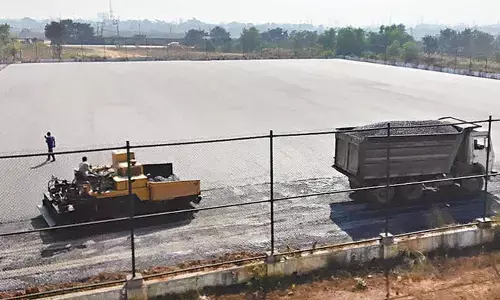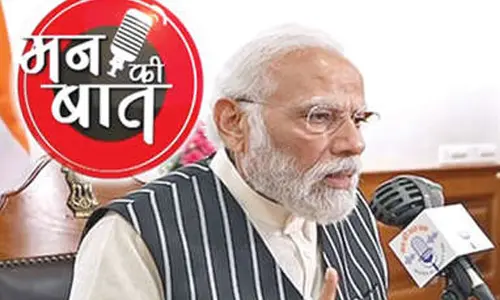Steep Spurt in vegetable prices rattle Mumbai
Share :
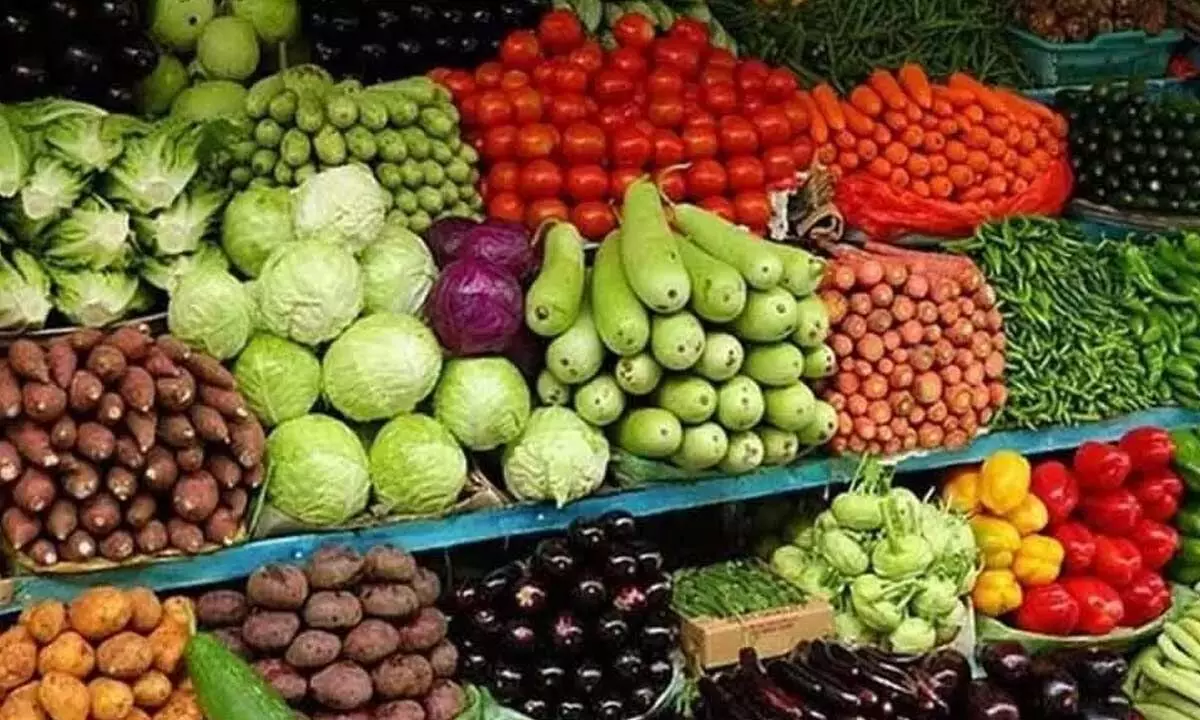
Representational image
Mumbai and other major cities have been rattled by a sudden and steep spurt in the prices of most daily consumption vegetables, with the tomato commanding almost a king’s ransom, in the past few days, and the situation may continue to be grim until at least August.
Mumbai: Mumbai and other major cities have been rattled by a sudden and steep spurt in the prices of most daily consumption vegetables, with the tomato commanding almost a king’s ransom, in the past few days, and the situation may continue to be grim until at least August.
In contrast, the prices of the same daily use, popular vegetables are between 20-40 per cent cheaper in e-markets or on most major online portals like Jio Fresh, Amazon, Reliance Smart, Amazon, BigBasket, Natures Basket.
A perusal of several of these sites showed that not only are the prices lower compared with the markets, the fresh vegetables are in great demand and so some companies promise delivery only after 24-48 hours.
For instance, the prices of tomato on the online portals range between Rs 70-90, compared with Rs 100-130 in the open markets, plus there are gaping differences in the rates of most other veggies online and offline.
Other popular but smaller online retailers or departmental stores in the city have either dropped the pricey veggies off their lists or quote near-similar rates veggies, thus giving a tough competition to the friendly neighbourhood streetcorner ‘bhajiwala’ or the mobile ‘feriwala’ roaming the Mumbai streets.
Experts and market players claim that the recent steep hike in prices since mid-May -- from double to triple to quadruple, depending on the vegetable -- is due to an array of reasons.
Prime among these are the delayed onset of monsoon in most parts of India, coupled with unexpected shortages, changes in cropping patterns and scalding fuel prices.
Market expert and Vashi APMC Director, Ashok Walunj said what the market is getting in the past few days is old stock, due to the delay in rains, that has led to an unusual shortage, fuelling the price hikes.
Plus, huge quantities of onions and potatoes were spoiled and there are no takers for the stocks which are now going for Rs 10-12/kg in the APMCs, and around Rs 20-25/kg in the retail markets, but these will shoot up to Rs 35-45/kg by August, he cautioned.
“With the onset of monsoon, there is some relief and we expect the fresh crops to reach the markets in the next 5-6 weeks (early-August), so the consumers will have to bear till then,” Walunj told IANS.
The farmers’ face of Shiv Sena (UBT) Kishore Tiwari wondered with such high rates for items of common use, “where is the so-called welfare state that the BJP government has been claiming for the past almost 10 years”.
“If you study past such instances of abrupt hike in prices of essentials, it emerges that the commoners, the farmers, the retailers are all hit hard, but the political middlemen and their parties are benefitting from it, indicating that fund-raiser for elections has begun,” said Tiwari.
A Mumbai-based housewife Minakshi Gawli rued that since the past few weeks, she has substituted pulses with vegetables daily despite opposition from her family.
“Of the average 14 vegetable meals a week, I have changed half the meals to pulses of different kinds, which are good for health and also my family budget. Many of my friends are doing the same so we can stretch our resources a bit,” Gawli said.
A popular roadside vendor Dimpy Gupta of Kandivali east said that most customers make long faces on hearing the prices of vegetables and some are opting for non-vegetarian options.
“The current spike has also hit the intake of large buyers like hotels, restaurants, small eateries or the individual street-food vendors like the pav-bhaji and sandwich, vada-pav stalls as they just can’t afford most vegetables, particularly tomato, onions, potatoes, cauliflower, frozen peas, capsicum, etc,” said Gupta.
On the prices differences online and offline, Walunj quips that it’s a marketing strategy of ‘cross-subsidies’ whereby the malls or e-malls keep the prices of essentials low, but hike the rates of other items to fool the customers and continue profiting.
Besides tomato and the main vegetables, the rates of other accompanying items of cooking have also shot up -- green chillies range from Rs.180-220/kg, ginger between Rs 260-300/kg, coriander Rs 60-120 for small and big bunches, french beans hover at Rs 190-220, tomato was Rs 30/kg in May is now almost four times depending on the quality.









